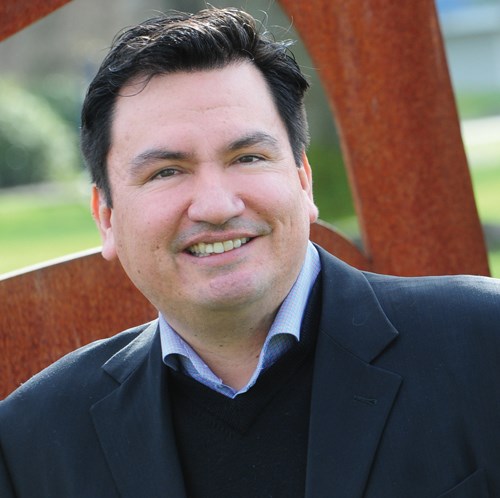Why does the Squamish Nation insist on conducting an independent assessment of the proposed Woodfibre LNG project?
After all, both the federal and provincial governments are conducting environmental assessments of their own.
A good question. With two good answers.
The first reason is it has much to do with protecting the valuable marine resources of the Squamish estuary and Howe Sound, both within our traditional territory.
We are working to bring Howe Sound back to a level of natural sustainability — before industrial pollution began to destroy marine life, starting with the Britannia copper mine in 1904.
Then in the ’60s, ’70s and ’80s, mining effluent was joined by contamination and environmental degradation from chemical plants, logging and pulp mills.
These turned the Sound into a dead and poisoned place where toxic mercury levels meant we could no longer eat the fish.
The rehabilitation of the Sound has become a sacred trust for us. And there is much good news to report: The herring are coming back; so are the wild salmon and cod; and, as recent sightings demonstrate, killer whales and Pacific white-sided dolphins are returning too. But there is a lot still to be done.
The second reason we insist on “going independent” when it comes to the Woodfibre project has to do with history. It has taught us that we can’t rely on governments who attempted to alienate us from our homelands and limit our authority and decision-making.
During 100 years of darkness, our ancestors were driven from villages at Jericho, Kitsilano and at the mouth of the Squamish Estuary.
Those lessons still resonate today. Consider Anvil Island, an important place of spiritual training for the Squamish.
According to a new book, the island was anglicized on June 14, 1792, by Captain George Vancouver, whose journal for the day reads: “The sun shining at this time for a few minutes afforded an island which, from the shape of the mountain that composes it, obtained the name of Anvil island.”
Plain and simple, the island was then stolen from our ancestors.
In 1874 after sailing throughout the Sound in search of a good place to settle, Englishman Thomas J. Keeling hauled up his dingy on Anvil Island’s shores.
He had come to Howe Sound after announcing to his wife and nine children, “I am going to Canada. Who is coming with me?”
Like many of his generation, Keeling was swept up in the excitement of Britain’s rapid expansion overseas, which seemed to offer unlimited opportunities to acquire new lands — for free.
When walking through a glade of arbutus, Keeling came upon a Squamish Indian — one old man and his cow. There was no one else on the island.
He went to the Indian agent in New Westminster and said he would like to purchase the property. But he had a slight problem — the old man.
The Indian agent said, “Take a small boat and a pistol. Point the pistol at the Indian and tell him and his cow to get on the skiff and leave for good.”
Never, ever again. Against long odds, we have regained power and control, entering the economic mainstream as free and independent citizens.
And today, in Phase Two of our independent assessment of Woodfibre, we are collating science-based data with reaction from our members.
As a next step, we will clearly spell out the risks and the benefits of the Woodfibre proposal to our members.
In late spring, Squamish Nation council will vote to accept or reject the proposal. Unswayed by others, we will decide our own future — by, and for, ourselves.
Ian Campbell is one of 16 hereditary chiefs of the Squamish Nation. He is currently serving his second term as an elected councillor for the Squamish Nation.
What are your thoughts? Send us a letter via email by clicking here.



